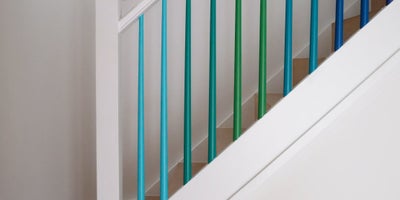Transforming Your Interior Woodwork

Treat, restore and transform interior woodwork, overhaul your space and enhance your interior décor. Revive scuffed skirting boards, yellowing window sills and tired mouldings, or even touch up picture rails and revamp your stairparts. All of this can be done with a fresh lick of interior wood paint.
The techniques used will vary slighting depending on what you’re working with, however, the key to a professional finish is all in the detail. Whether you have already painted woodwork or are replacing and installing untreated timber mouldings for the first time; thorough preparation, patience and TLC will give you the best finish.
Bring your rooms back to life with our top tips to transform your interior woodwork.





